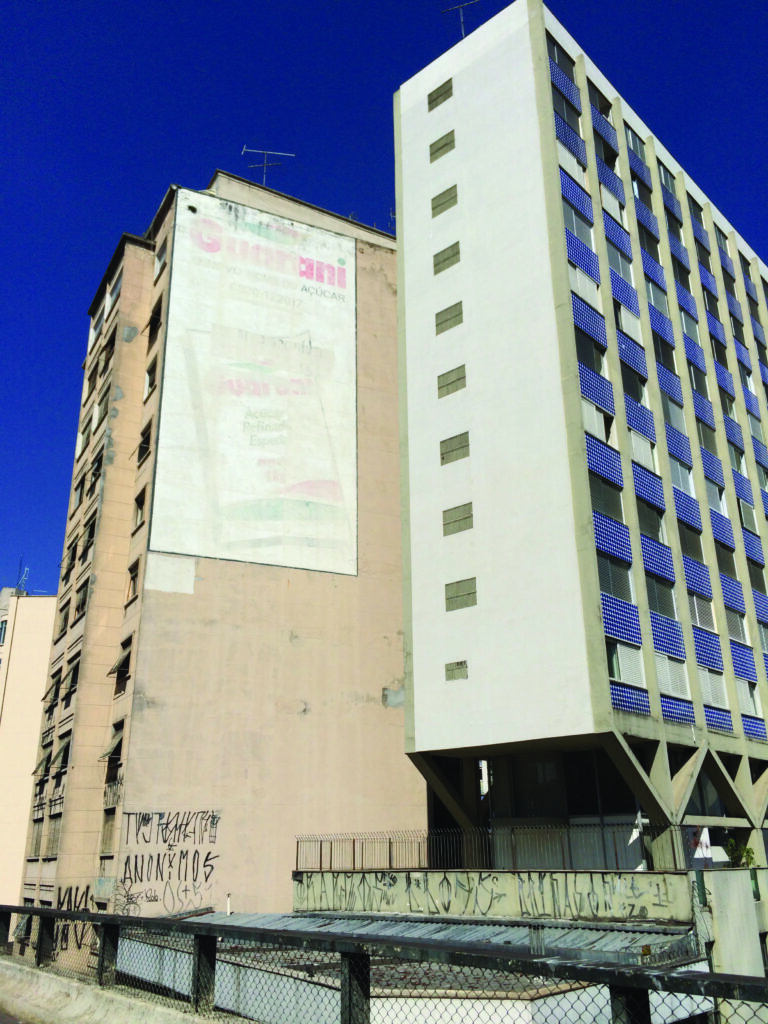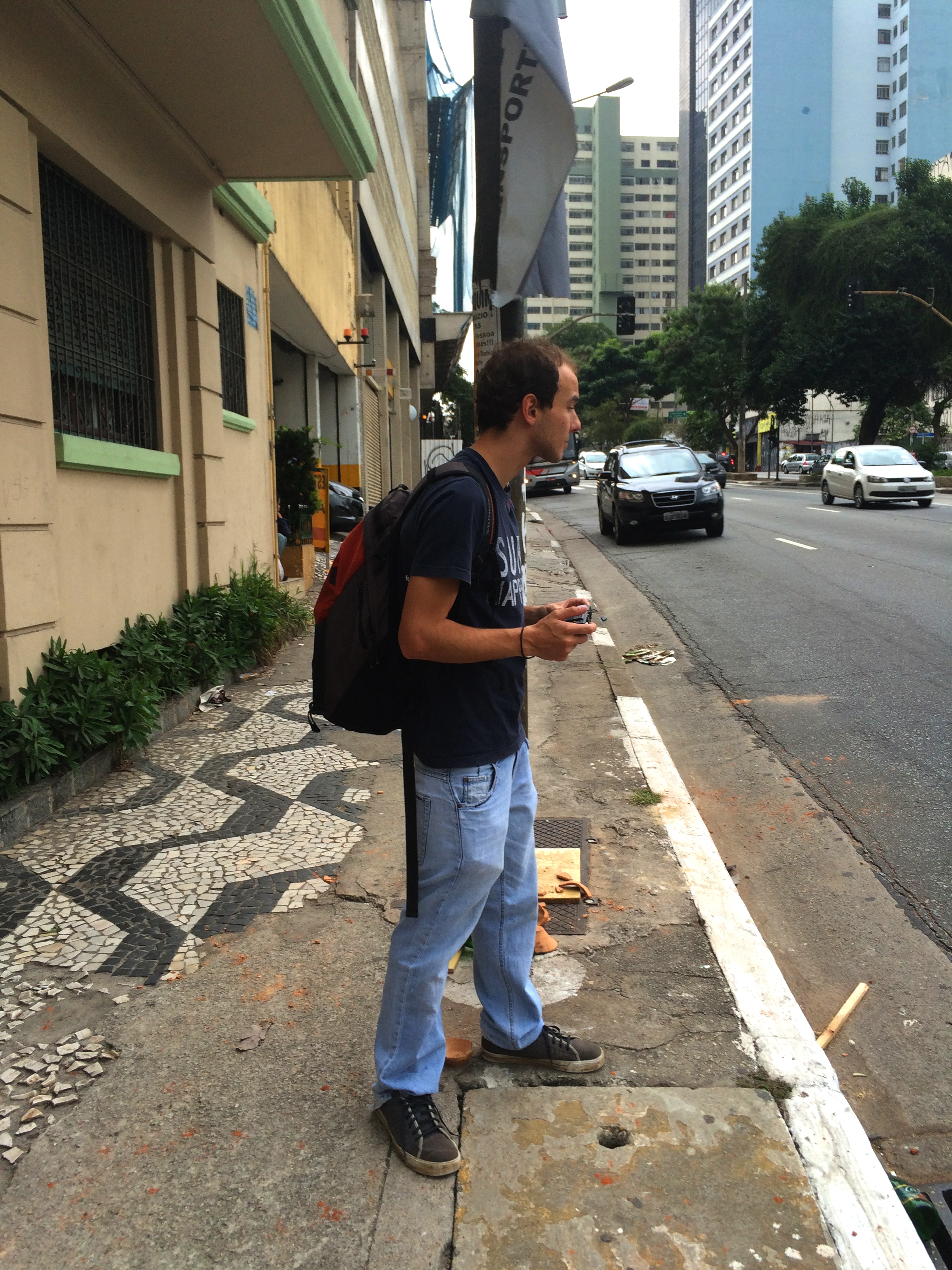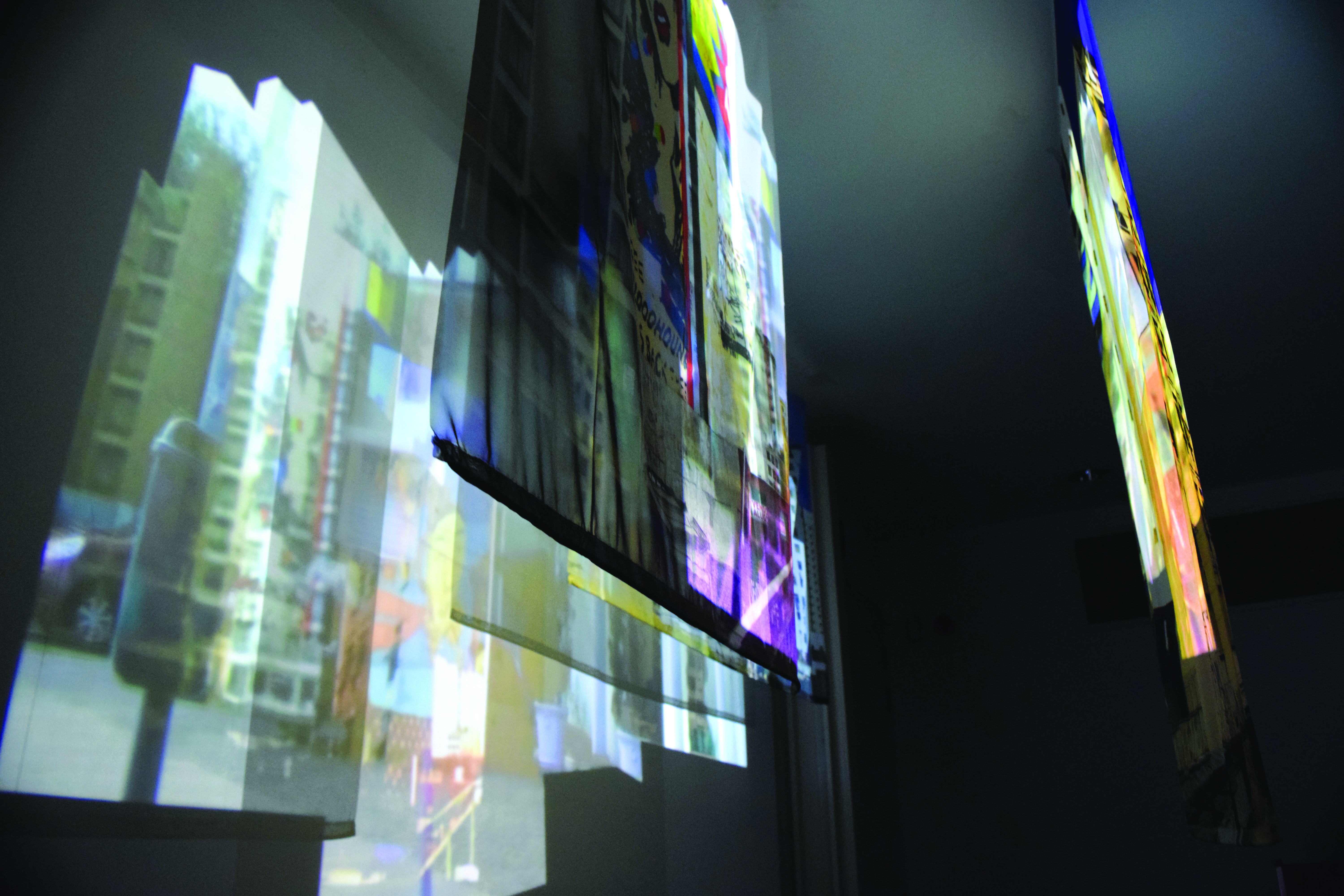Marina Da Silva, Sociology, Goldsmiths, University of London
Pollution in São Paulo
Being native from São Paulo, the best description I can give about the city is that it is an endless concrete jungle. São Paulo is also a global city, with the world’s 12th largest population and Brazil’s wealthiest capital – it is known for its fast pace and dynamism; Paulistanos (as São Paulo’s residents are known) never stop working. However, what I remember is being sedentary in a traffic jam by Tietê River. Traffic congestions contribute directly to the city’s air pollution, which in 2013 was declared by the Institute of Health and Sustainability responsible for more deaths than car accidents in São Paulo.
It is not only São Paulo’s air that is polluted, but also the water from its main rivers Pinheiros and Tietê. The water pollution has not only added to the city’s foul smell but also aggravated the 2015 water drought, which was reported in the New York Times as an ‘unprecedented water crisis’.
Clean City banned billboards, regulated the size of commercial signage and removed the graffiti from the city’s urban space, yet without defining visual pollution or its effects on society.
São Paulo’s air and water pollution are not surprising in a large industrial city. My interest in São Paulo’s pollution started back in 2007, when the ‘Clean City’ Law (Lei Cidade Limpa) was created to fight a less known type of pollution — visual pollution. Clean City banned billboards, regulated the size of commercial signage and removed the graffiti from the city’s urban space, yet without defining visual pollution or its effects on society. In contrast with other types of pollution, the impact of visual pollution has not been analysed, and there are no tools in place to measure it in the city of São Paulo.
Visual Pollution and the Clean City Law
São Paulo’s radical legislation generated international attention. The ban on billboards in not unique to the city (Vermont, Hawaii and Maine in the US have banned advertising since the 70s), but São Paulo’s law was the first to classify advertisement as pollution.
The term ‘visual pollution’ has been increasingly used in the Americas and India. But what is understood as visual pollution? Adriana Portella writes that visual pollution is ‘an established expression commonly used to describe the degradation of the visual quality of places by signage’ (Portella, 2014 p.1). Portella’s explanation presupposes a normative idea of the concept of visual pollution, and, just as Clean City, it does not address the effect of this degradation and the politics behind the judgments of ‘visual quality’.
Adriana Portella writes that visual pollution is ‘an established expression commonly used to describe the degradation of the visual quality of places by signage’
São Paulo’s law is creating a new urban identity, a ‘clean’ urban space free from commercial communication, signage, and graffiti. However, what are the consequences of classifying these visual communications as pollution? My current research is looking into ideas of commercialisation of the public space, the aesthetic judgments of visual quality, usage of public space and its relation to freedom of speech and environmental justice.
Public Space Translations
In 2014, I conducted field research on the Clean City Law to understand how it came into being and how citizens, politicians and experts responded to it. The research also explored how São Paulo’s public space is being shaped by the removal of ‘visual pollution’ and the political nature of such classifications.
I used mobile interviews (city walks) as the main method of research, which allowed São Paulo’s citizens to discuss their understanding of visual pollution, the possible effects and how it is affecting the city, while immersed in that urban space.
Below are some examples of the visual ethnography of São Paulo’s public space created by the participants during the city walks. The action of photographing the elements helped the participants to discuss visually what they considered to be visual pollution.
My project borrows techniques from visual arts and assembles the visual ethnography into a research installation, allowing the audience to experience a translation of São Paulo’s public space. The installation incorporates the sensorial make-up of the city and provokes questions on visual pollution in order to understand the specificities of this classification by disturbing/interfering with the new space where it now happens (either a gallery or an urban intervention).
The installation is composed of three screens (featuring the main elements classified as visual pollution by Clean City) forming a layered cityscape. They are modified by a film projection that addresses the questions raised by the research and evoke the temporary/ephemeral nature of visual communication on public space. The visual piece changes with the project.
The current projection discusses the controversy of the different views on visual pollution that were raised during the city walks. The initial research showed that São Paulo’s residents approved the billboard ban, not on the grounds of being against the commercialisation of public space or visual stimulation; they were mostly against vernacular advertising such as billposters but not against ‘flashy’ billboards. However, they pointed out that the removal showed the state in which the buildings of São Paulo were. The restorations of these buildings is private responsibility now, so they remain destroyed and are a fighting canvas for Street Art vs. Graffiti vs. Pixo.
On one side there is São Paulo’s street art (allowed in determined areas by the city hall — but not in the legislation), which is internationally known, and on the other side, there is Pixo, a particular (to São Paulo) type of graffiti that is present in most of the city’s urban space. Street art is understood as original artwork created for the public space, often considered aesthetically pleasing, sometimes even reproduced for interior use and currently sponsored in São Paulo by big brands such as Nike, while Pixo is seen as a social movement against the wealth gap in the city. Pixo is supposed to be aggressive and ugly. Pixadores (as the creators of Pixo are called) aim to destroy the public space as a way to be seen by society and to protest against São Paulo’s inequality.
Pixadores (as the creators of Pixo are called) aim to destroy the public space as a way to be seen by society and to protest against São Paulo’s inequality.
The blurred line between these visualities is the cause of discordance amongst the city residents. Grafitti is only considered street art when the ‘artist’ has had some recognition in the art/design world or when it has been commissioned to appear in someone’s (inside) wall. Pixo, present in most buildings found in deprived areas of São Paulo, was considered to be a major form of visual pollution by the participants: “visual pollution is a visual intervention that shouldn’t be there…like pixo, graffiti not so much, but pixo I think it is horrible, I get that it’s a social movement…I guess it is something ugly on the top of something that is already awful, the city is ugly.”
This variance is not innocent. The residents’ and the authorities aesthetic judgments are embedded within a political judgment of class; this notion of visual pollution not only inflicts on ideas of environmental justice but also reinforces the social gap and class distinction present in São Paulo’s society.
“You can see tension on Sao Paulo’s public space, but what you see is not as strong as the one you feel…These visual interferences are reminders of the city’s dissatisfactions.”
What does São Paulo’s new space tell us about its country and society? My current research continues to use São Paulo’s urban space by considering the idea of pollution more generally to understand the specificity of ‘visual pollution’ and how it is made to exist and subsequently experienced as pollution. I believe that the core of this urban controversy is the political character of the judgment of what is visual pollution.
Ingold, T. and Vergunst, J. (2008). Ways of walking. Aldershot, England: Ashgate.
Pink, S. (2001). Doing visual ethnography. London: Sage.
Portella, A. (2014). Visual pollution. Farnham: Ashgate Publishing Ltd.
Participant taking pictures of visual pollution during a city walk.
Visual ethnography of visual pollution in São Paulo.
Side view of the installation featuring the visual ethnography from 2014.
Montage of the projection 2014.




